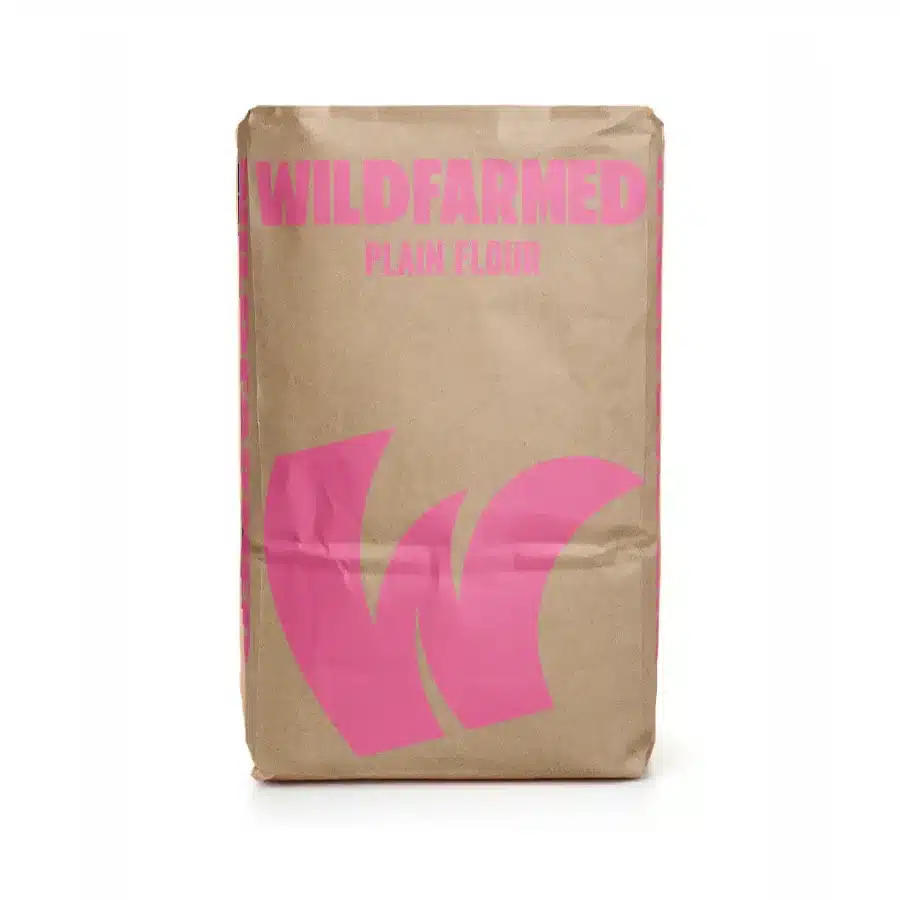Description
Ingredients
Wheat Flour, Iron, calcium Carbonate, Niacin (B3), Thiamine (B1).
What is Plain or All-Purpose Flour
Plain flour, also known as all-purpose flour in some regions, is a type of flour that is commonly used in cooking and baking. It is made from wheat and is milled to a fine consistency.
What makes plain flour different from other types of flour, like bread flour or cake flour, is that it has a medium protein content. This protein content is in between the high-protein content of bread flour and the low-protein content of cake flour.
Plain flour is versatile and can be used in a wide variety of recipes, such as making bread, cakes, cookies, pastries, and more. It serves as a basic and general-purpose ingredient in the kitchen because it can be used for many different types of dishes and doesn’t have any added leavening agents (like self-rising flour). You might also use it as a thickening agent for sauces and gravies.
What’s T80 Plain/All-Purpose Flour?
T80 flour is a type of wheat flour commonly used in baking. The “T” in T80 stands for “Type,” and the number indicates the level of ash, which is used as a measure of how much of the wheat kernel remains in the flour. In the case of T80 flour, it contains about 80% of the wheat kernel, meaning it’s not as refined as some other flours.
T80 flour is often considered a bit healthier than highly refined flours because it retains more of the wheat’s natural nutrients and fiber. It’s a good choice for plain flour.
Furthermore, the “T” value rating for flour typically ranges from T45 (fine) to T150 (coarse), with T45 being the lowest and T150 being the highest. T80 plain flour comes roughly in the middle of the scale.
What can Wildfarmed Plain All-Purpose Flour be used for?
Cookies, cakes, muffins, and pastries, flaky pie crusts, pancakes and waffles, batter, thickening agent (soups & gravies), dusting, dumplings, crumbles.
Plain flour is a versatile pantry staple that’s essential for many recipes in both cooking and baking. It doesn’t contain any leavening agents, so you may need to add baking powder or soda when making recipes that require them.
Tips for Working with Plain or All-Purpose Flour
Working with plain or all-purpose flour in your cooking and baking can be straightforward with a few essential tips:
- Sifting: To avoid lumps and ensure an even texture, it’s a good practice to sift plain flour before using it in your recipes. This also helps to aerate the flour.
- Measuring: When measuring plain flour, use a dry measuring cup and a flat edge (like the back of a knife) to level off the excess flour. Avoid tapping the cup, as this can lead to compacted flour and inaccurate measurements.
- Don’t overmix: When making batters or dough, be careful not to overmix, as this can develop gluten and result in a tough or dense texture in your baked goods. Mix until just combined.
- Substitution: If a recipe calls for a specific type of flour (e.g., cake flour or bread flour), you can often substitute it with plain flour if necessary. Just be aware that it might slightly affect the texture of your final product.
- Leavening agents: Depending on your recipe, you may need to add baking powder, baking soda, or yeast as leavening agents when using plain flour. Make sure to follow the recipe’s instructions for the correct amount.
- Thickening: Plain flour is commonly used to thicken sauces and gravies. To prevent lumps, make a roux by mixing flour with a little fat (usually butter) before adding it to your liquid.
- Storage: Store plain flour in an airtight container in a cool, dry place to keep it fresh and prevent moisture from getting in.
- Experiment: Don’t be afraid to experiment with recipes and adjust the amount of plain flour if you want to achieve a specific texture or consistency in your dish.
- Consider gluten content: The protein content in plain flour can vary slightly between brands. If you’re working on a specific recipe, and texture is crucial, you might want to select a brand that mentions protein content on the packaging, or use a different type of flour with the desired protein level.
- Practice: Like any kitchen skill, working with plain flour becomes easier with practice. Don’t be discouraged by the occasional mishap; learning from your mistakes is part of the fun of cooking and baking.
Storage:
Store in an airtight container.
Wildfarmed Says:
THE PREMIUM PLAIN FLOUR ON THE MARKET. DELICATE, DELICIOUS AND VERSATILE.
Source: Wildfarmed




There are no reviews yet.